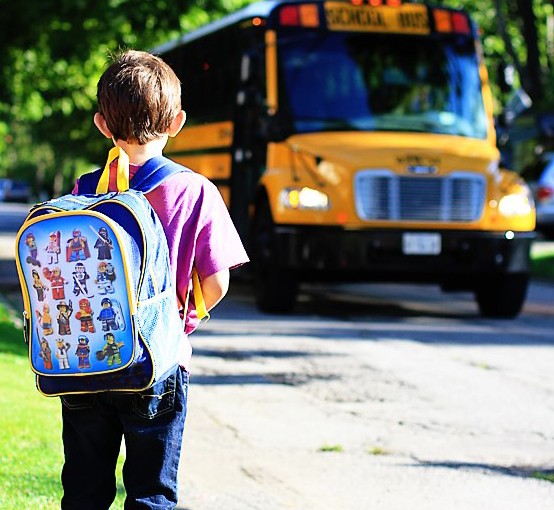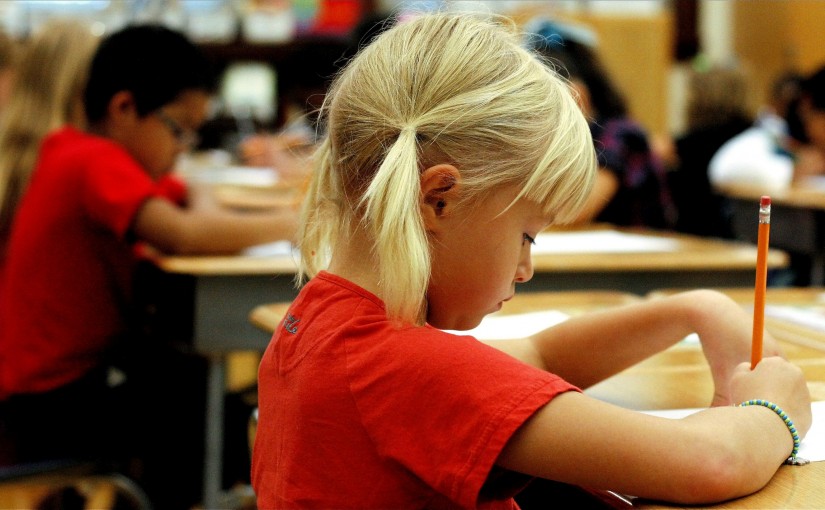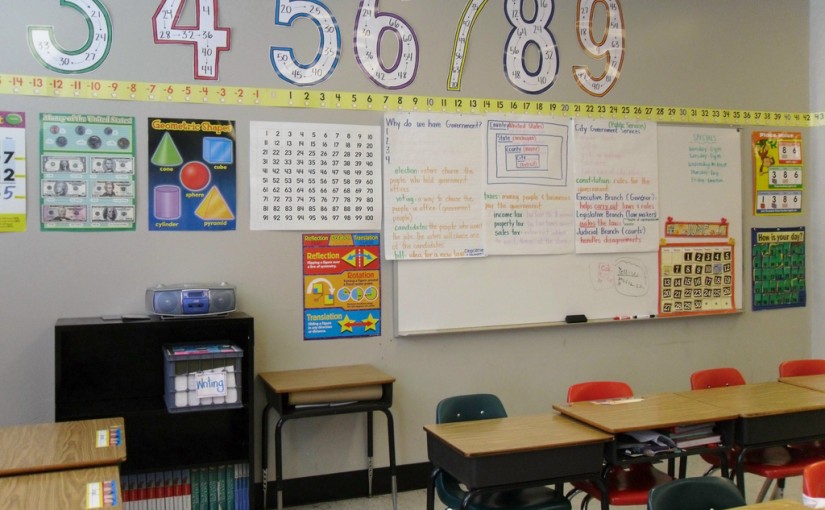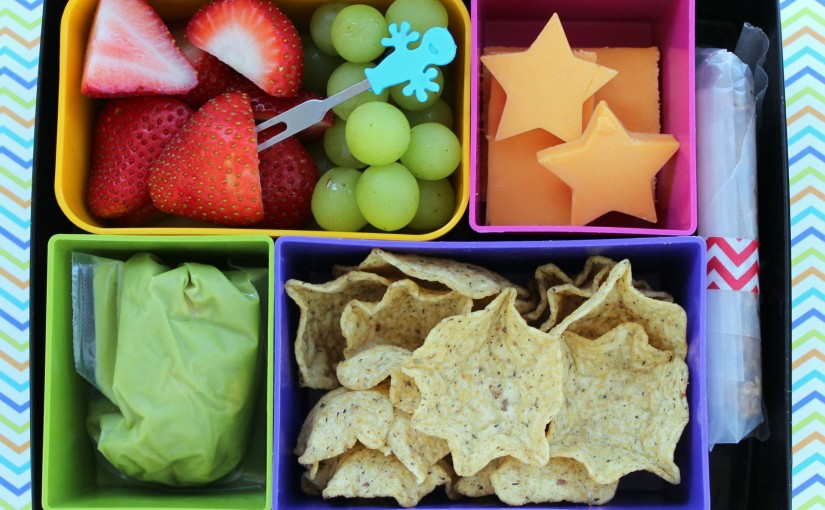Tag: Education
-

Preventing Bullying on the School Bus
About a third of students ages 12 to 18 in the United States reported being bullied, according to the Department of Education. Children who are bullied experience depression and anxiety, reduced self-esteem, changes to eating and sleeping patterns, and decreased academic achievement. But the negative impacts of bullying don’t stop there. Bystanders who witness bullying…
-

Identifying Different Types of Learners
There are many different ways that people learn, and in any classroom, you are bound to encounter several students from each learning category. While one method of teaching may work very well for a certain type of learner, another type may not respond at all to what you try. As a new teacher, it is…
-

The Good Teacher’s Guide
A child’s education is nothing without a quality teacher to provide it. But just what makes a good teacher? What are the characteristics that all teachers should strive toward in order to have the biggest influence on their students? Read on to learn all about the ways in which a teacher can go from being…
-

Traditional Education: Does ‘later’ always mean ‘greater’?
Traditional education is, at its core, the most commonly practised form of education throughout much of the world. This term refers to a back-to-basics way of teaching, where a single instructor (or perhaps an instructor with an aide, for larger classes) speaks to a group of students who are seated at desks or tables. This…
-

60 Class Projects for Art Teachers
It is well known among teachers that children respond well to art. Whether they are simply looking at it, learning about it or creating it, using art in the classroom is a fantastic way to get kids engaged and offers many benefits for their development. According to studies, children who regularly participate in art are…
-

Fun & Healthy Lunchbox Ideas for Kids
Many studies have proven that children need to eat a nutritious breakfast in order to perform well at school, but what most parents don’t realise is that having a healthy, balanced lunch is just as important. Children need a nutritious meal in the middle of the day to re-boost their concentration and give them the…
-

Backpack Safety
With the summer coming to a close, matters such as uniforms, stationery and bus routes are often at the top of any parents mind, as children everywhere start preparing for their return to school. However, one important piece of school equipment is commonly overlooked: the backpack. While buying whichever backpack is in fashion, or the…
-

Sorority Fundraising: A Five-Step Guide
Every sorority has different purposes and characteristics, but what they all have in common is philanthropy. Philanthropy and community service is usually the foundation of most fraternities and sororities. Each year, chapters all over the United States raise millions of dollars for worthy causes, or for their own foundations. Sororities, in particular, are by their…
-

Tips For First Teachers
So you’ve graduated, and you’ve just landed your first teaching job – congratulations! Being a first year teacher is hard going. You have new names to learn and a classroom of children and their parents to get to know, all while you are finding your feet in your new career. This list of tips will…
-

22 Fun Activities for Summer
We all know that the novelty of not going to school wears off after a few days, before the ‘bored’ whining sets in, so be prepared with some great ideas for outdoor activities to keep boredom at bay, and raise your children’s Vitamin D levels! Outdoor activities don’t have to be expensive or elaborate. From…